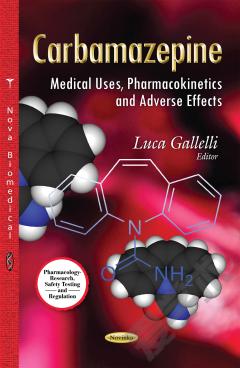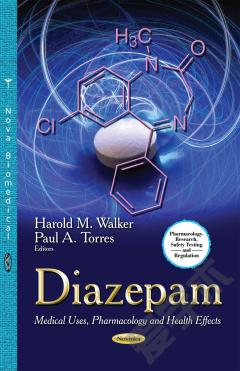Carbamazepine: Medical Uses, Pharmacokinetics and Adverse Effects
Carbamazepine (CBZ), one of the most used antiepileptic drugs (AEDs), was introduced on the market in the early 1960's and ever since, it has become the most frequently prescribed drug for the treatment of several forms of epilepsy. It is also used to treat other pathologies, such as neuropathic pain and psychiatric disorders. This book provides a detailed description of this drug, evaluating all aspects of its pharmacology. CBZ pharmacokinetics is discussed, with a particular emphasis on its metabolism, side effects and drug interactions. Then the authors focus on its pharmacodynamic effects, and the most recent evidence indicating that CBZ-sodium channel interaction is not specific and ligand-gated ion channels are also affected by the drug. The role of oxacarbazepine, its main metabolite MHD, and other new drugs are explained in detail. Additionally, non-antiepileptic CBZ clinical effects and drug-drug interactions in the elderly under polytherapy are described. In conclusion, the occurrence of carbamazepine in the hydrosphere, its fate and the different technologies available for its remediation are also discussed.
{{comment.content}}








 京公网安备 11010802027623号
京公网安备 11010802027623号